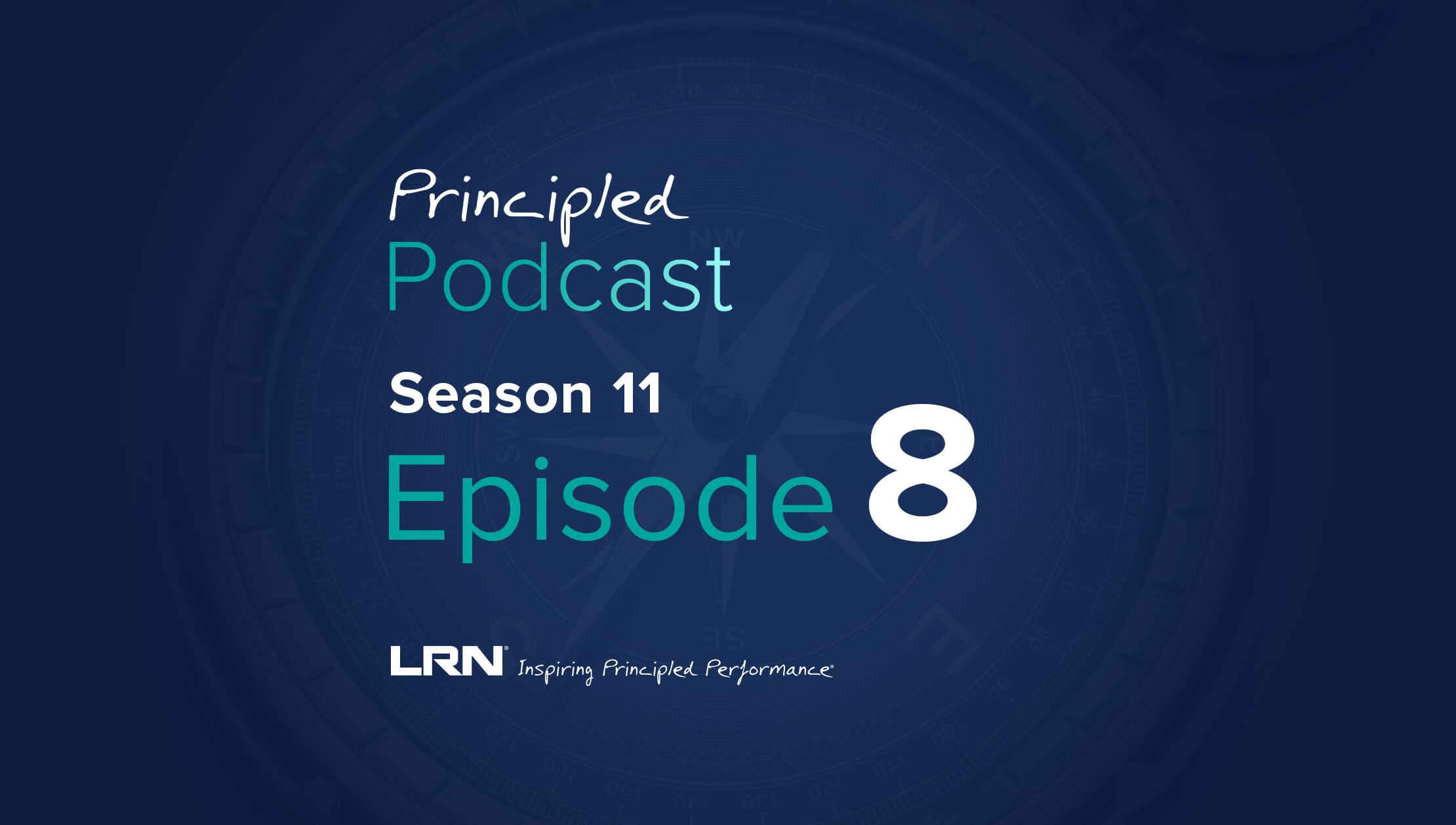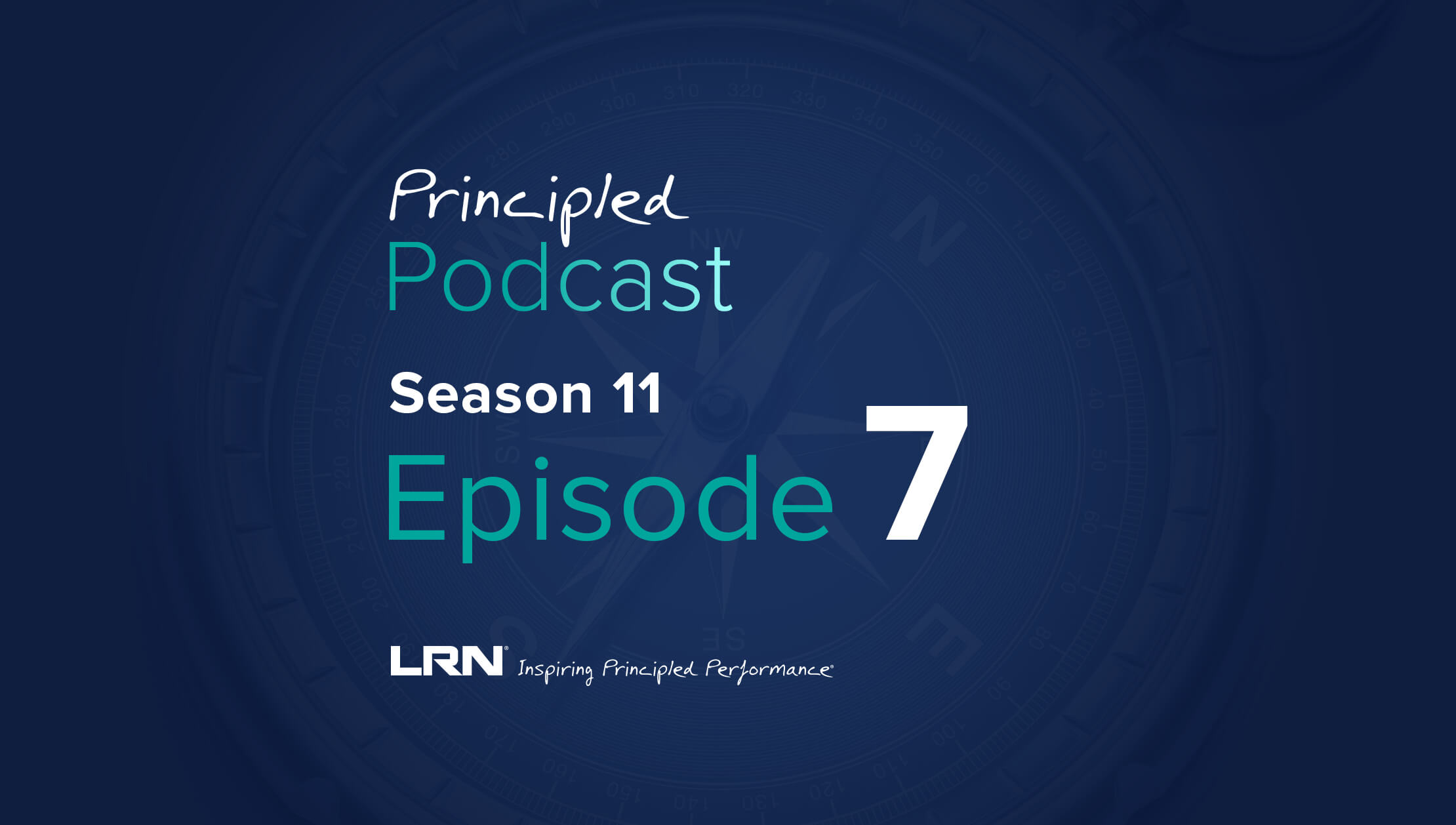The best examples of ethics and compliance training not only have captivating content—they also have stellar communication strategies. In a recent e-book on how to create engaging E&C training, LRN experts discussed how training should facilitate ongoing conversations about how to think and act ethically. How do you make that happen? Senior Advisor Susan Divers says the key is internal communications. “If you want to get a key concept across,” she explains, “you have to create several touchpoints that allow people to demonstrate what they’ve learned.”
Company-wide communication is an area that organizations work to prioritize yet struggle to master. In the wake of the pandemic and the seismic shifts it brought to workforce, Harvard Business Review reports that more than 90% of people want at least weekly communication from their company—with 29% saying they prefer daily communication. But Gallup research reveals that only 13% of employees strongly agree the leadership of their organization communicates effectively with the rest of the organization. So when it comes to reinforcing your ethics and compliance training, how can communications help you ensure that people not only complete their training but also retain the information? To answer that question, let’s start by focusing on one facet: email. Here are three tips for using email communications to boost engagement with and understanding of your ethics and compliance training.
1) Give your E&C email communications a consistent visual and verbal identity
Communications are a key opportunity to elevate your E&C brand and, if necessary, distinguish it from other company initiatives. Having a specific color palette and editorial style that you use each time you communicate about training can help staff members better recognize information coming from your E&C function. Just be sure to refer to your company brand guidelines—or to the professionals who create your company’s internal and external communications—before selecting a visual and verbal identity, as you don’t want your materials to be off-brand.
One way to help ensure brand consistency is to create templates for your communications that you can use in the future. For example, LRN has an advanced email editor tool that provides eight pre-built templates for designing professional E&C email communications, which users can fully customize to look unique to their brand and save to reuse at any time.
2) Keep email contents succinct and link out to E&C training details
Striking a balance between context and brevity is key in all communication about your E&C training. In our e-book, LRN Client Success Manager Denise Middleton emphasizes the importance of giving learners a description of their training without overloading them with information—especially in digital communications like email. “You don’t need to write paragraphs,” she says, “but using simple, ‘real people’ language gives learners a brief introduction to the topic, how it relates to their role, and how long the learning will be—all before they click on a link.”
According to email marketing firm Litmus, the average time that a recipient spends reading an email is around 13.4 seconds. An effective way to use that time is to communicate the main benefits of training in short, clear language, then direct learners to additional media where they can learn additional details. For example, in LRN’s advanced email editor you can add images, videos, and links to other resources within the body of your email communications—so you can provide learners with more information while keeping your message to-the-point.
3) Outline a deployment strategy for your email communications before hitting “send”
We know one-off trainings are becoming outdated and that keeping your learners engaged requires you to reinforce training material over time. Email communications are a useful way to reiterate key points and share additional training resources, provided that you plan the deployment details in advance to keep staff engaged rather than inundated. A 2019 survey from SlickText found that nearly half of respondents (48%) said receiving fewer emails at work would help increase their job satisfaction, and a full 30% indicated they never check their email after hours. If your goal with email communications is to reinforce important training information, you need to do it on your learners’ terms. Create a strategy that outlines the number of emails you plan to send, the frequency with which you send them, and the time they will enter employee inboxes. If you need assistance developing that strategy, see if your HR or Corporate Communications teams have data they can share about the best time and volume of emails to send in an internal campaign.
The key takeaway
Email communication can be a strong piece of your overall E&C communications plan to increase the internal recognition of your training. LRN’s advanced email editor is just one example of a tool you can leverage to swiftly build professional emails that elevate your E&C brand, communicate key information, and propel learner participation with ease. Get in touch to learn more about this tool and our other approaches to E&C communications.



